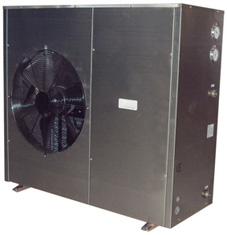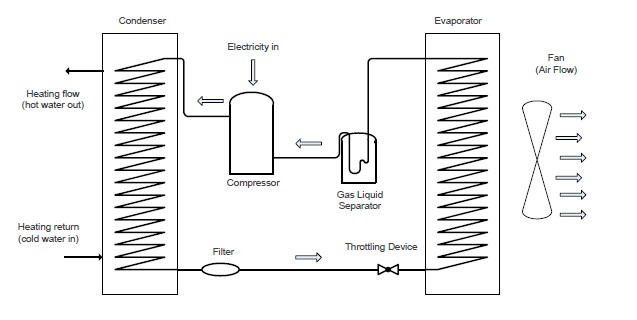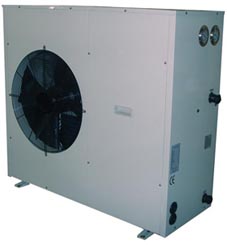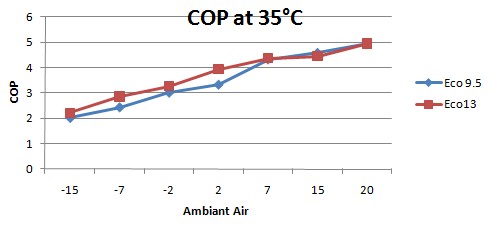Shoppers in the market for an efficient water heater can start by looking for an Energy Star label, bestowed by the U.S. Department of Energy (DOE) and the Environmental Protection Agency (EPA) to designate energy-efficient products. Other choices depend on your home, pocketbook, and level of eco-commitment.
Some fuels heat water more efficiently than others. Natural gas, burned in the basement, typically has a greener signature than electricity that’s derived from burning coal at a distant power plant.
“But for most people, the fuel that heats and cools their house is going to heat the water,” says Maria Vargas of the EPA. “It’s unlikely in our experience that people are going to switch fuels.”
Fortunately, consumers can make green water heater choices no matter how they get their energy. (See the “Environmental Impact” section for a rundown of green water heater options, from natural gas to the sun.)
Energy Star-Qualified High-Efficiency Gas Storage: These super-efficient storage-tank water heaters cost a bit more than conventional versions but can pay for themselves in less than three years. And from day one they’ll start repaying the planet by using far less energy. The EPA suggests that by replacing all the standard gas storage heaters sold this year with qualified high-efficiency versions, one billion pounds of CO₂ could be kept out of Earth’s atmosphere. That would be like creating 132,000 acres of new forest.
Gas Condensing: To take green gains to an entirely different level, consider a gas condensing water heater. These systems are new to many in the U.S., as they didn’t begin appearing on the market in significant numbers until 2010.
Gas condensing water heaters also feature a large storage tank. But rather than venting hot exhaust gases up the chimney after heating your water once, they capture those gases and put them back to work to reheat water again—cutting total energy use by some 30 percent.
The EPA estimates that if just 5 percent of the new gas water heaters sold each year were of this type, the greenhouse gas emissions saved would be the equivalent of pulling nearly 7,000 cars off U.S. highways.
Electric Heat Pump: The electric heat pump is a cutting-edge water heater technology that can cut your energy use and emissions in half. While these units can be pricey, they can pay for themselves in energy savings in just 3 or 4 years, depending on your water use.
A typical electric water heater, says Lane Burt of the Natural Resources Defense Council, “just runs electricity through a wire, which gets hot and heats up your water. But the heat pump takes heat out of the air and puts it into your water.”
The system works like a refrigerator in reverse, using a liquid refrigerant that helps pull heat from the air and run it through a coil to heat the tank.
The EPA estimates that if every family that purchased an electric water heater this year had chosen a heat pump instead, a staggering 19.6 billion pounds of C02 could have been saved. That’s like taking 1.6 million cars off the road.
Look for:
Size: If you’re buying a storage-tank water heater (see the “Environmental Impact” section for green tankless options) remember—one size doesn’t fit all. You’ll need a tank big enough to meet your family’s hot water needs, but buying one that’s too large means you’ll burn a lot of energy by continually warming water that you won’t use.
See this DOE chart for help estimating what size system is the right fit for your home.
Rebates: Uncle Sam wants you to go green. Environmentally friendly systems may be more expensive, but if you buy now, you can take advantage of government incentives. You may qualify for a tax credit worth 30 percent of a water heater’s price up to $1,500. Solar water heaters pack even more savings power.
Start searching at http://www.energysavers.gov for federal incentives and at http://www.dsireusa.org/ for a list of state incentives.
The EPA also maintains a list of special incentives that may be available, like rebates or breaks on sales tax.
for National Geographic's Green Guide
Source: National Geographic's






















